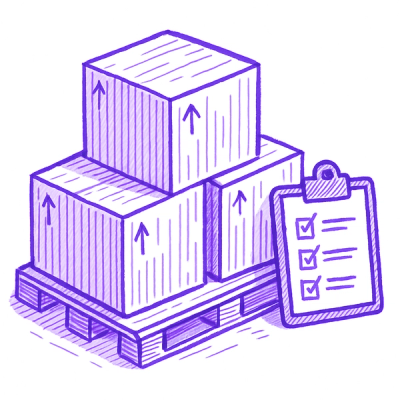
Security News
/Research
npm Phishing Email Targets Developers with Typosquatted Domain
A phishing attack targeted developers using a typosquatted npm domain (npnjs.com) to steal credentials via fake login pages - watch out for similar scams.
github.com/gradientsearch/gus
Prototype chatbot service simulating a production-ready backend for interacting with LLMs like LLaMA. Focuses on session handling, context management, and scalable API integration with Domain-Driven, Data-Oriented Architecture principles. Built using Go, ideal for experimenting with real-world chatbot architecture.
When users interact with an LLM (e.g., via chat), the system must manage state, enforce rules, and optimize performance — all while delivering relevant and secure responses. Below is an explanation of what needs to be tracked and some common features to implement.
| Item | Description |
|---|---|
| User ID | Identify and associate requests with an authenticated user. |
| Conversation ID | Group related messages to maintain context. |
| Message History | Store both user and LLM messages to preserve continuity across turns. |
| Parent Message ID | Track thread-like structures, useful for branching and follow-ups. |
| Timestamps | Record when messages were sent and received. |
| Role | Identify if the message is from the user, system, or assistant (LLM). |
| Model Usage Stats | Track token count, latency, and model cost for each message. |
| Conversation State | Manage ongoing session state, e.g., active/inactive, paused, archived. |
startTime → endTime).
The above is a high-level overview of the software design. Each layer and domain is separated by clear boundaries, forming a grid-like structure. Every cell in this grid represents a specific responsibility, strictly limited to the domain it belongs to.
This structure helps maintain a clear mental model of the codebase and provides a well-defined view of how layers and domains should interact. It also makes it easier to detect code smells and enforce separation of concerns.
Domain-Driven Design is a software development approach focused on modeling software based on the core business domain. It emphasizes collaboration between technical and domain experts to create a shared understanding and structure the system around the business’s real-world processes and rules.
Aligns code with business logic
Structures the application around real-world concepts, making it easier to understand and evolve.
Improves communication
Encourages a shared language (ubiquitous language) between developers and domain experts.
Encourages modularity
Promotes the use of bounded contexts, allowing complex systems to be broken into manageable, decoupled parts.
Enhances maintainability
Well-defined models reduce technical debt and make changes safer and more predictable.
Facilitates scaling
Modular domains make it easier to scale teams, services, and infrastructure independently.
Here’s a breakdown of what each layer should handle within this grid-based domain-driven architecture:
FAQs
Unknown package
Did you know?

Socket for GitHub automatically highlights issues in each pull request and monitors the health of all your open source dependencies. Discover the contents of your packages and block harmful activity before you install or update your dependencies.

Security News
/Research
A phishing attack targeted developers using a typosquatted npm domain (npnjs.com) to steal credentials via fake login pages - watch out for similar scams.

Security News
Knip hits 500 releases with v5.62.0, refining TypeScript config detection and updating plugins as monthly npm downloads approach 12M.

Security News
The EU Cyber Resilience Act is prompting compliance requests that open source maintainers may not be obligated or equipped to handle.